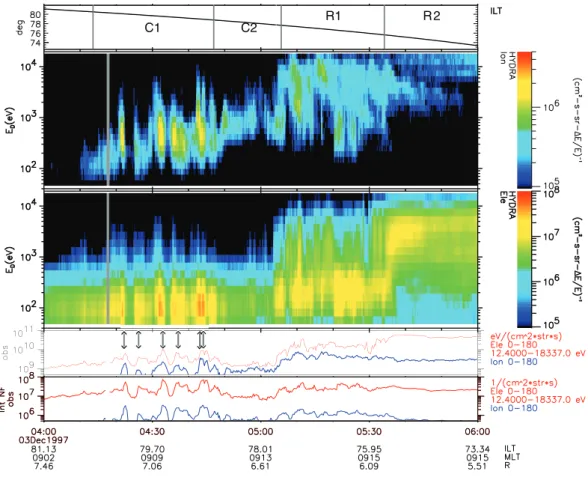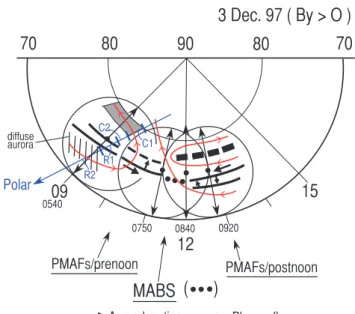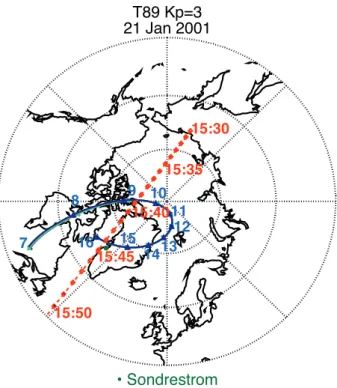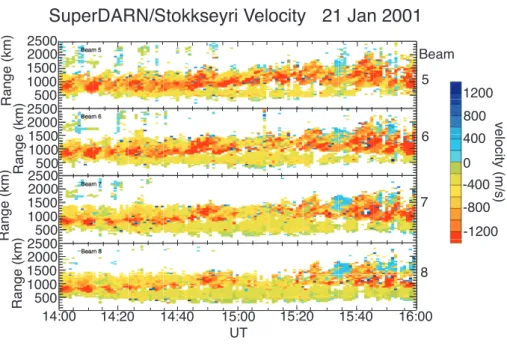Momentum transfer at the high-latitude magnetopause and boundary layers
Texto
Imagem




Documentos relacionados
A categoria analítica de gênero vem sendo, por um lado, um instrumento de análise crítica aos pressupostos que informam os principais paradigmas da teoria social no sentido não
This paper brings to focus the heat transfer in a boundary layer flow of Sisko fluid over a nonlinear stretching sheet with variable wall temperature and heat flux boundary
These figures rely on well- known data concerning the shape, sizes, magnetic field and density of plasma in the major structural components of the magnetosphere – the
During the upstroke is possible to observe the formation of the leading edge recirculation region at 14 ⁰ and at the trailing edge the start of the boundary
C., Slip effects on an unsteady boundary layer stagnation-point flow and heat transfer towards a stretching sheet.. L., Thermophoresis of aerosol particles in laminar boundary
Abstract - In this paper, the mixed convection steady boundary layer stagnation point flow and heat transfer of a third grade fluid over an exponentially stretching sheet
Bhattacharyya and Layek (2011) discussed the effects of suction/ blowing on the boundary layer stagnation point flow in the presence of heat transfer and thermal radiation..
The method described here is thus suited to radiative transfer problems characterized by different layer types and with a left boundary condition expressed as a



